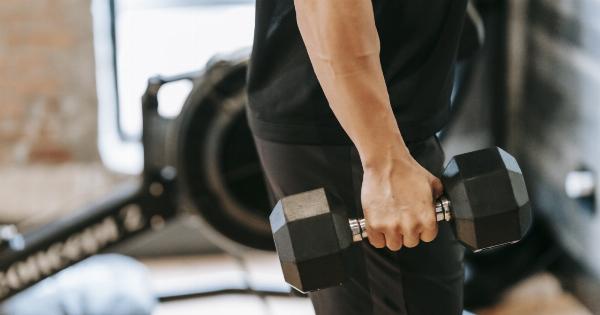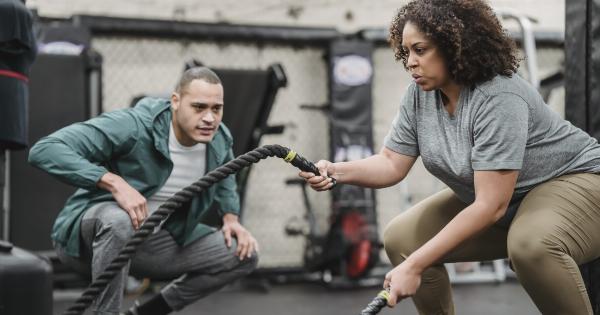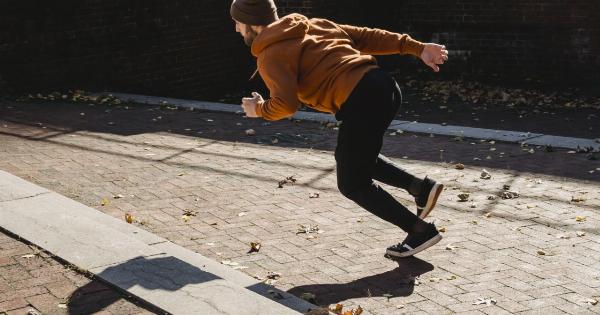A new study has revealed that performing simple breathing exercises may actually boost memory function. Researchers believe the exercises could offer an extremely low-cost method for improving memory function, especially in older adults.
The study, published in the Journal of Neurophysiology, found that people who practiced yoga and other exercises, which included controlled breathing, were able to remember and process information more accurately.
The Study
The study, carried out by researchers from the Northwestern University Feinberg School of Medicine, used a group of 60 subjects, aged between 18 and 30 years.
Half of the subjects were instructed to complete yoga postures and controlled breathing exercises for one hour a day for 12 weeks, while the other half only did stretching and strength-building exercises. The study found that the group that had completed the yoga and breathing exercises had significant improvement in their ability to recall words and complete certain cognitive tasks than the other group.
The study’s lead author, Christina L. Katrini, said that the findings could have important implications for the aging population, by helping to protect against memory decline.
“The practical implication for this research is that you now have evidence that county-based mindfulness interventions” – like the yogic exercises used in the study – “could be rolled out to all people, with no restriction on age,” she said.
How the Breathing Exercises Work
So how does controlled breathing improve memory? According to scientists, breathing slowly and rhythmically can help to calm the mind and reduce stress levels. This, in turn, helps to improve cognitive function and memory recall.
The exercises used in the study were based on ‘pranayama’, a yoga practice that helps to regulate breathing. Pranayama has long been linked to improved health and wellbeing, and is often used to help with anxiety and depression.
In a separate study, researchers also found evidence that breathing exercises can help to reduce symptoms of post-traumatic stress disorder (PTSD).
The study, published in the journal BMC Psychiatry, found that rhythmic, controlled breathing helped to reduce stress levels in participants with PTSD, and improved their overall mental wellbeing.
Other Benefits of Controlled Breathing
The benefits of controlled breathing go beyond just memory function. It has been shown to improve heart function and lower blood pressure, as well as boost the immune system and enhance overall physical wellbeing.
Controlled breathing exercises can also help to improve sleep quality and reduce symptoms of anxiety and depression.
Getting Started with Controlled Breathing Exercises
If you’re interested in trying out controlled breathing exercises for yourself, there are plenty of online resources to help you get started. Some popular breathing exercises include:.
- The 4-7-8 Technique: A popular technique that involves breathing in for four seconds, holding the breath for seven seconds, and exhaling for eight seconds.
- Belly Breathing: A technique that involves breathing deeply into your belly, allowing it to expand as you inhale, and then slowly exhaling through your nose or mouth.
- Awareness Breathing: This technique involves simply becoming aware of your breath and focusing on it for a period of time, such as two to three minutes.
- Alternate Nostril Breathing: A technique that involves alternating breathing through each nostril, by using a finger to gently close one nostril and then breathing in and out through the other.
Remember, the key to successful controlled breathing is to focus on slow, deep breaths, rather than quick, shallow ones. With practice, you’ll be able to regulate your breathing and enjoy the many benefits of this simple yet powerful exercise.
Conclusion
The latest research indicates that incorporating controlled breathing exercises into your daily routine may help to boost memory function and cognitive performance.
By calming the mind and reducing stress levels, these exercises can help to improve overall mental wellbeing and physical health. Whether you’re interested in yoga, pranayama, or other mindfulness practices, there are plenty of resources available to help you get started. Give it a try and see how breathing exercises can benefit you!.































